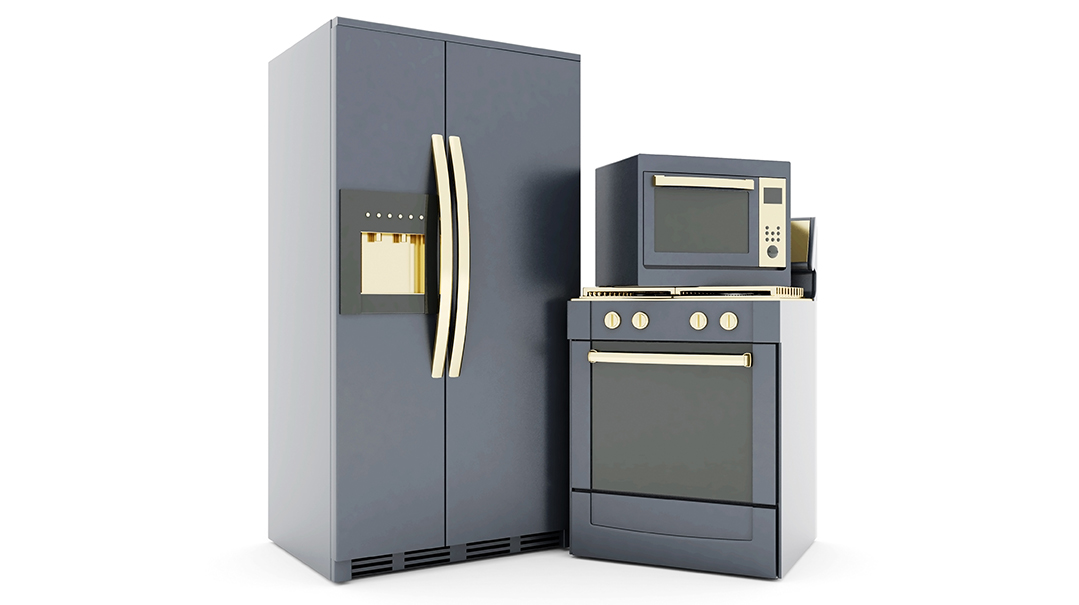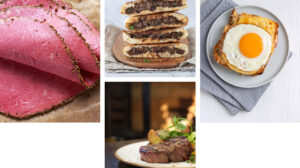Appliances for the Future
| February 17, 2021
Kitchen appliances, like everything else in our lives, have evolved to meet the changing needs of today’s home chefs, and when it’s time to purchase new ones, the options can be overwhelming. Town Appliance, with showrooms in Lakewood, Cedarhurst, and Baltimore, has been around since 1979 with the mission of making people happy. We spoke to Chief Marketing Officer Mr. Hilly Hill and Sales Manager Yoeli Herskovits to get the full scoop on what everyone needs to know before shopping for kitchen appliances.
Think Before You Swipe
“People come in with a shopping list, and they tell me, ‘I need xyz for my kitchen,’” says Yoeli. “We start asking them questions about their lifestyle, how many pots are typically being placed on the stove at once, how much use does their oven get, and so on, until we get to a point where they’ve narrowed down needs to wants and identified their actual needs, not just what everyone else is getting.”
He says it’s very important to take a few days to think about big purchases, and in the end, most customers trim the fat on their budget in one area and spend more in another that will be most helpful or meaningful for them.
The first place people can trim their budgets is on older appliances that are fully functional. “We tell people that just because something is old doesn’t mean it needs to be replaced,” says Yoeli. “If it’s worked well for you and it’s repairable, repair it!” There are other factors to consider, such as energy efficiency, when deciding whether or not to upgrade to a newer unit.
Know Before You Go
So how does one choose between the myriad brands, models, and features available in the appliance market today? The experts at Town Appliance say that GE remains a mainstay brand for quality and value with cooking and refrigeration, Bosch leads the way with dishwashers, and Hestan has made a name for itself in high-end smart cookware.
“The key points you need to look at are brand reliability, service, and fit — are your connections gas or electric? What’s the allotted space for this appliance, and will it fit through your doorway?” explains Yoeli. “You also want to make sure it’s usable for Shabbos, when relevant, and that it’s at a price point that’s within your budget.”
In terms of features, Yoeli advises customers to think long and hard about what they do and don’t need, and not to make assumptions. “Features like self-clean aren’t necessarily a must in an oven; there are many people who manage fine without it.”
Another kitchen appliance that people assume they need is a warming drawer, which has a very specific function. Yoeli tells shoppers that their soup pot won’t fit into it (warming drawers are usually about six inches high), but their entire Friday night meal in 9x13-inch pans probably will. “Some customers use their warming drawers during the week to keep dinner hot for family members on different schedules, and they love it,” he adds.
One housewife got tired of her teenagers poking around in the oven and drew a line — the oven is off-limits, but what’s in the warming drawer is fair game for Erev Shabbos or Erev Yom Tov sampling. Others installed a warming drawer and then found that they never used it. Bottom line: Know yourself, and think about your personal needs and methods in the kitchen before you dive into buying what everyone else has.
Oops! We could not locate your form.







